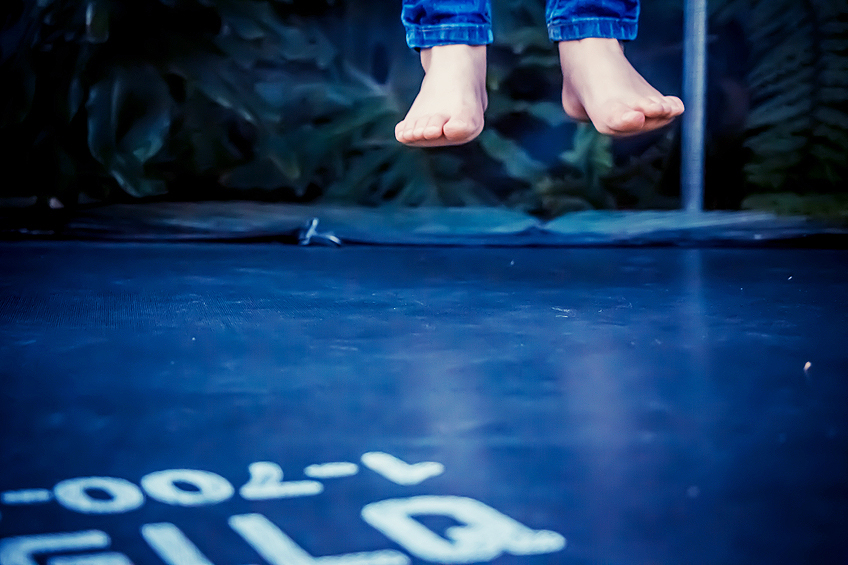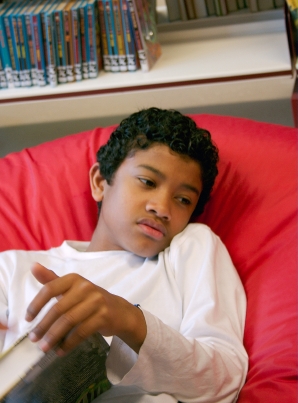Summertime means lots of outdoor activities for kids, including playing on playground equipment, swimming, and jumping on the trampoline. Since the weather has gotten warm, I have had at least one trampoline-related injury in my clinic every day. These range from simple ankle sprains to major broken bones requiring extensive treatment.
The American Academy of Pediatrics “strongly discourages” the use of trampolines, as does the American Academy of Orthopedic Surgeons. Both groups have looked into the number and types of accidents that occur on trampolines and advise against their use. The reality is that kids love playing on trampolines—both at home and at commercial trampoline parks. My kids are no exception—they have so much fun playing on the trampoline at gymnastics or going to the trampoline park for special events. As parents, if our kids are going to use a trampoline, or if we are going to have a trampoline in our yard, is there anything that we can do to help decrease this risk?
Trampoline Safety Rules to Keep Your Kids Safe
- One jumper at a time! This is probably the most important rule of all! Only one child should be out on the trampoline mat at a time. Many injuries occur from kids running into each other or from “double bouncing” (landing at the same time so that the smaller jumper gets rocketed into the air).
- Avoid somersaults and flips: Unless under supervision by an experienced adult in a gymnastics setting or when wearing a harness, these should be avoided. Spinal cord injuries are much more common when doing these tricks.
- Place jumping surface at ground level: Many injuries occur from falls to the ground from the trampoline surface.
- Make sure everything is padded: Always check the trampoline prior to use and be sure that all springs, bars and landing surfaces are padded adequately. Severe injuries can occur from landing on the springs or bars that are unpadded. Also, padding can slip, so be sure to check before anyone gets on to bounce. All trampoline-related equipment should be inspected often and replaced as needed.
- Nets are good, but don’t prevent injury: Nets sometimes give parents a false sense of security. The majority of injuries occur on the trampoline mat, so having a net around the area doesn’t mean less injuries.
- Not advised for children under 6: This may seem like an unrealistic expectation, but both the AAP and AAOS do not recommend trampoline use for children under 6.
Promoting Safety as a Parent
The important thing for all of this is to use common sense. Inspect your trampolines often (or be sure that when your kids are visiting friends that the family takes good care of their trampoline). Make sure there is an adult around to supervise. It is so tempting for more than one kid to jump at a time—so kids needs adults to remind them! The important thing is for kids to have fun and to be safe!






Comments